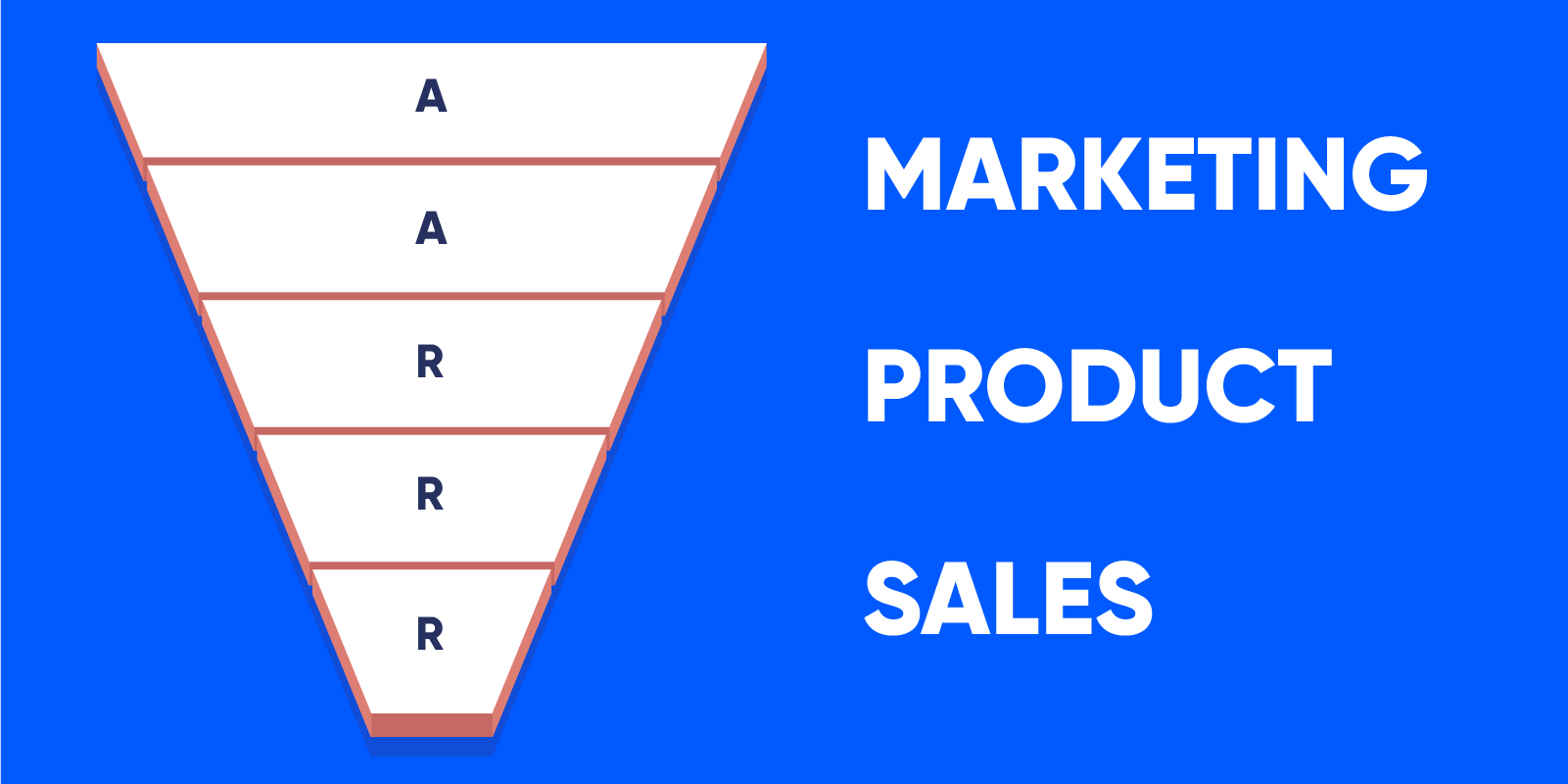Learn how you can Unlock Limitless Customer Lifetime Value with CleverTap’s All-in-One Customer Engagement Platform.

Ask a marketer to explain growth and they’ll often end up talking about funnels like Dave McClure’s AARRR framework.
Funnels are a good starting point to think about how users flow from one lifecycle stage to another. And with models like AARRR, you get a simple framework that highlights all the important elements of growth with a huge focus on acquisition.
But the AARRR framework doesn’t, in any way, connect the funnel output to the input, completely missing out on the compounding effect of growth strategies.
Compounding is critical to growth. The compounding effect is the principle of reaping huge rewards from a series of small, smart choices. Look at Facebook’s growth in MAUs. Or at the graph below showing the growth in messages sent on WhatsApp per day. Such exponential growth is a result of the compounding nature of effective growth strategies.
Funnels tend to be microscopic in nature. Although useful in their own ways, applying Funnels to Growth Strategies forces you to create both strategic and functional silos.
Typically, marketing is responsible for generating awareness at the top of the funnel, product owns the middle of the funnel, and sales drives conversions at the bottom.
This creates functional silos in the sense that if marketing is bringing in low-quality leads, then the product team cannot drive adoption and the sales team cannot meet their conversion targets.
Similarly, for achieving compounding growth, the product, distribution channel, and monetization methods need to work together, not operate in silos. Since the three are interlinked, they need to be thought of as one cohesive, strategic unit.
However, the shortcomings of the funnel framework can be overcome when you start using the concept of growth loops.
Growth loops are closed systems where the inputs, through some process, generate more of an output that can be reinvested in the input. There are growth loops that serve different value creation, including new users, returning users, defensibility, or efficiency. (Source: Reforge)
Here’s an example: PINTEREST
The driving force behind Pinterest’s growth is the following loop01:
Fundamentally, loops help you determine how to reinvest the output of one cycle of the loop into the next cycle and get more output. Instead of having a linear output, loops create a compounding effect.
Which is essential to sustainable growth.
There are three core elements that you should have for each step in the loop:
What: The action/activity that happens in the loop
Who: The persona (company, user, supplier, etc.) doing the action
Why: The reason or incentive to take that action
In the example of Pinterest, in the third step, the incentive for users to repin or save new content comes from the need to gain personal or social capital. They want to come back to the platform to revisit the cool images they saved and also gain recognition from friends or other users when their pins get seen.
Understanding the user persona, their intent, and their behavior is the starting point of building a growth model. Once you have these listed down you can add metrics to each stage and start with baseline data to form a growth model.
As Brian Balfour, CEO of Reforge says: a growth strategy should answer the fundamental question: How does your product grow?
In any organization, you may get different answers — a marketing-focused answer, a sales-focused answer, or a product-centric answer.
If everyone in your organization has a different view of how your product grows then you’ll be referring to different metrics, goals, and will have vastly differing priorities. A growth strategy is the one that brings all stakeholders onto the same page and makes them work as a cohesive unit wherein every individual is aware of how they are contributing and to what end.
Growth loops is a useful framework to understand the compounding effect of growth strategies. It helps you answer how one cohort of users bring in new users in each loop cycle. However, there are other frameworks just as useful for growing your users, and more importantly for engaging and retaining them such as our very own AIC framework.